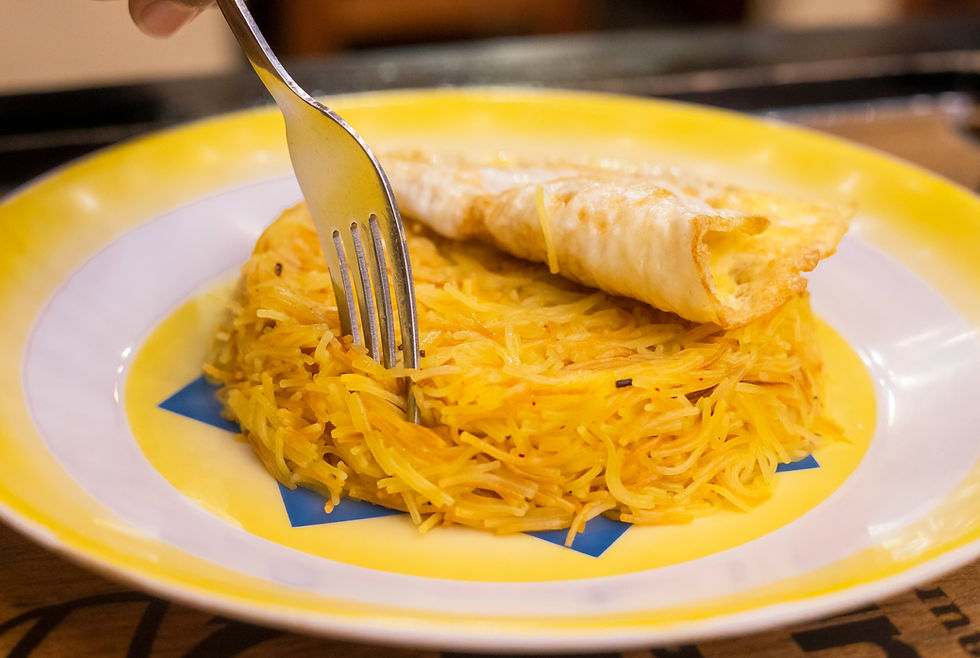The History of Seekh Kebab: Fire, Spice, and the soul of Lahore's Streets
- Deep Street Food Tours

- Jul 3
- 2 min read
Updated: Jul 25

When the sun sets over Lahore's bustling bazaars and the evening air fills with aromatic smoke, there's one dish that draws crowds like a magnet...Seekh Kebab. Perfectly spiced, flamed kissed, and impossibly tender, these represent everything that makes Pakistani cuisine so irresistible.
Picture this: minced meat seasoned with a symphony of spices, expertly molded around metal skewers, and grilled over glowing coals until the edges caramelise in to smoky perfection. The sizzles as they hit the grill, the fragrant steam rising into the air, the way they're served fresh and hot with mint chutney and warm naan. This is Seekh Kebab at it's finest.
The name itself tell a story: "Seekh" means skewer in Urdu, while "kebab" traces back to ancient Persian and Arabic roots, meaning "to roast". But Seekh as we know it today is purely a creation of the Indian subcontinent, born from the Mughal kitchens and perfected on the streets of Lahore, Delhi and Lucknow.
Legend has it that Seekh Kebab emerged during the Mughal era when royal chefs sought to create something more refined than simple grilled meat. They discovered that mincing the meat and binding it with spices not only made it more flavourful but also allowed for even cooking over open flames. The technique spread from palace kitchens to street corners, where it evolved into the beloved dish we know today.
What makes authentic Seekh Kebab extraordinary isn't just the meat, it's the mastery of spice. A perfect blend typically includes cumin, coriander, red chilli, garam masala, and fresh herbs like mint and coriander. Some recipes call for a touch of raw papaya or yoghurt to tenderise the meat, while others rely on the fat content and proper technique alone. The secret lies in achieving the right balance: enough spice to awaken your senses without overwhelming the natural flavour of the meat.
In Lahore, the art of the making Seekh Kebab lies in it's versatility. Traditionally made with mutton or beef, modern variations include chicken, and even vegetarian versions using paneer or mixed vegetables. Whether served as street food wrapped in fresh roti with sliced onions and mint chutney, or as part of an elaborate feast alongside fragrant basmati rice and raita, Seekh Kebab adapts while maintaining its essential character.
Today, you'll find Seekh Kebab everywhere from roadside stalls to upscale restaurants, each claiming to serve the most authentic version. But the real magic happens in those smoky corners where the cook has spent years perfecting their craft, where the meat is minced fresh daily, and where the coals glow just right to create the perfect sear.
For food lovers visiting Lahore, tasting authentic Seekh Kebab isn't just about the flavours. It's about experiencing a piece of culinary history that has survived centuries, adopted by many cultures, and continues to bring people together around growing grills and shared tables.
In every bite of a well-made Seekh Kebab, you taste the legacy of ancient cooking techniques, the warmth of Pakistani hospitality, and the simple joy of food prepared with passion and skill.




Comments